Getting my larger trailered boats to and from the water is pretty straightforward—the ramps are paved, and my truck does most of the work. My canoes and kayaks, on the other hand, aren't so easy, especially when my truck and the water are separated by stretches of asphalt, loose cobbles, and sand and I have to do the lugging. Carts with wheels do fine on pavement, but they get bogged down in sand and rocks. In soft, dry sand the fender supports the weight of the canoe with its large footprint. The wheels are prevented from sinking in the sand and plowing deep furrows. Photographs by the author
Photographs by the author
Join The Conversation
We welcome your comments about this article. To include a photo with your remarks, click Choose File below the Comment box.

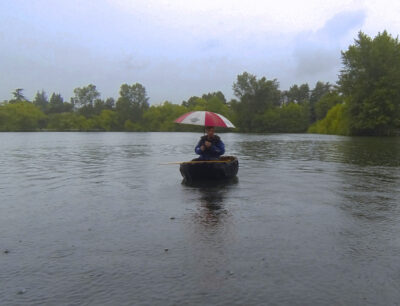
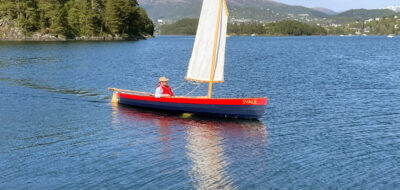

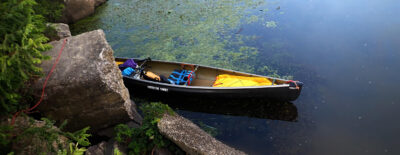
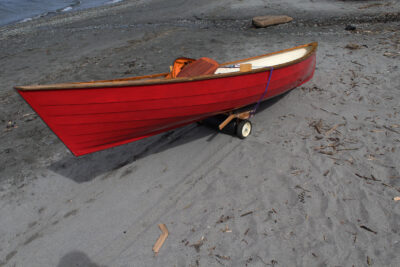
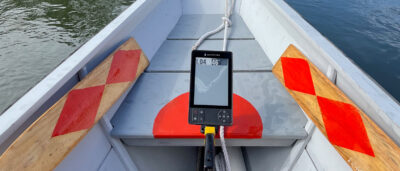
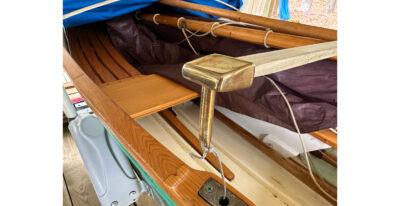
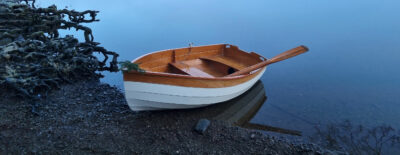
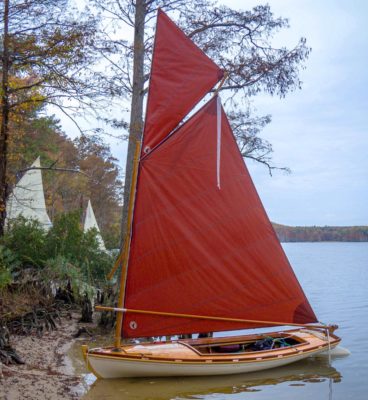
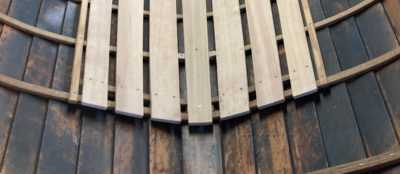
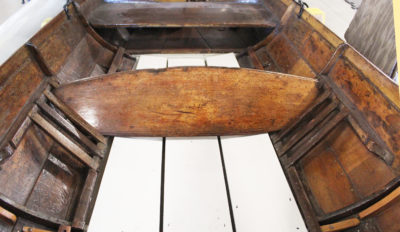
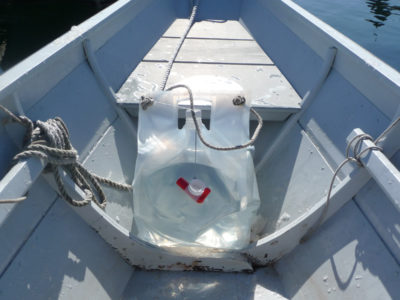
Hmmmm?…….Inspiration times 2…….The dim light inside my head brightened a wee bit….I live by the beach on the Outer Banks of NC….Something like this to replace the dragging and tugging of “stuff”… and, being an elder statesman, I’ll bring the idea to a younger neighbor with kids and a lot more “stuff”. ..He’s handy… We’ll see… As always … I look forward to what my small boats buddies come up with..
When I was a canoe outfitter the best solution was a cart with 20” bicycle wheels and quick release mechanism at the hubs for easy breakdown. This setup allows for traversing rough or sandy terrain with loaded canoes. Bon chance!
E. B.
Before I realized the cart included a fender, the brain lightbulb that I lit was to have two wide lawnmower wheels, one on each side of the uprights. In my situation, it is rocky terrain that I traverse. The axle catches on rock outcrops. Four wheels without an axle between the pairs could be an elegant answer.
For the kickstand, I have a supply of broken hockey sticks.
Excellent idea and article. I wonder how a similar design would do with a heavier payload, say 300lbs?
Hey, Chris – I have a friend planning for the NFCT next season, running from the Adirondacks to Northern Maine. Something like 70 carries, not all wheelable. Sometimes serious mud, plus hiking trail type of small rock outcrops. Do you think this fender setup would handle mud and a rough trail? Anybody else have a view, if you are familiar with the NFCT?
I haven’t tried the cart in mud, but I think the fender’s large footprint would be an advantage. In rough terrain the height and slope of the obstruction would be the limiting factor. If I have a chance to do trials in these conditions, I’ll report on the performance.
Yes I say all the way. A little on the heavy side compared to purely tires, but it’ll work great in mud. Think of mud tires on 4wds: the point there is as much floatation as possible to ride above the mud.
There’ll be more resistance on hard pack trails, and more likelihood of blowouts on sharp rock outcrops. And for those reasons I feel he might consider the dual wheel set-up described here. But for a (I hate to condone it!) single-use race tool, I’d suggest looking seriously at the All Terrain Roller Chris wrote up in November ’17. Especially the minutes gained and energy saved by being able shove the boat into the water, jump in, and have the cart pop up out of the water by itself.
Great idea, most helpful. Thank you, Chris
I think wheels slightly larger than the fender would do better. On hard pavement, where the durability of the fender is in question, the wheels aren’t doing much good. And in soft sand, where the fender comes into play, now the wheels aren’t doing any good.
If your tires are slightly larger than the fender, then on pavement the fender won’t contact the pavement.
It’ll be like those mtb tires with a strip down the middle for pavement, and knobs on the rest for when you sink into softer ground.
Here in TN, what I run into is rocks. Softball to cantaloupe size. I like the Take Apart Boat Cart you wrote up for May ’22. I’ll go for a bit larger tires if I can find them reasonably, and try to design the cradle a bit lower profile.